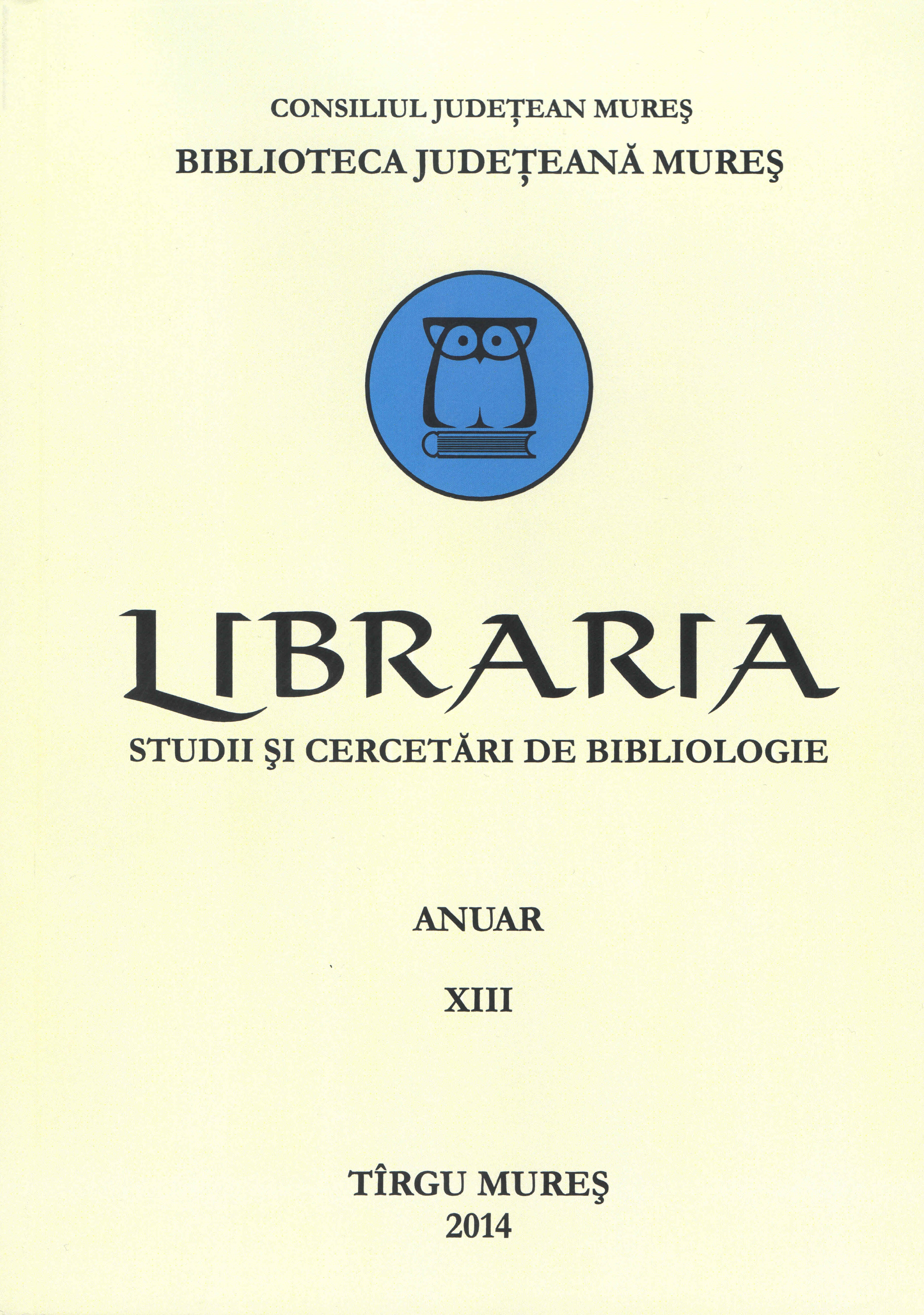Moartea şi psihostazia în pictura occidentală a secolelor XIV-XVI
Death and Psychostasia in Western Painting from XIV to XVI Centuries
Book itineraries
Author(s): Mircea-Alexandru GligorSubject(s): Essay|Book Review |Scientific Life, Library and Information Science
Published by: Biblioteca Județeană Mureș
Keywords: Libraria; Biblioteca Județeană Mureș; biblioteconomie; bibliologie; carte veche; carte bibliofilă; istorie locală; servicii de bibliotecă; Biblioteca Teleki; carte veche românească;
Summary/Abstract: There is an obvious evolution in the perception of death throughout the Middle Ages. Whereas, till the early XIIIth century, death was perceived as a normal part of human life, from this moment on, the end of physical existence will take shape in a personified form of fear, irony or metaphorical transcendence. Besides wars and other natural disasters, the Black Plague was the main factor in this evolution. To explain death, eschatological time needed to be explained as well. The invention of Purgatory, though not limited to only a couple of centuries, presented the escapism to a more hopeful post-mortem destiny that people could more easily grasp. Considering the historical foundation of society from the XIVth to the XVIth century, we notice a revolution in depicting the image of death or psychostasia, starting from the Scrovegni Chapel in Padua to Andrea Mantegna’s Dead Christ. Death was either pictured as a cautionary tale or - in the case of Christ - as a crossing from earth to heaven without the loss of divine warmth. In this regard, whether it was personified or dealt with, death was always surrounded by symbols related to sin or holiness. The period between Giotto and Andrea Mantegna witnessed some major changes. As it stands out, Mantegna evolved to a point where he depicted a dead Christ deprived of its holy entity. Psychostasia, on the other hand, could be more easily suggested by Flemish and German painters, and less by Italian ones. We cannot argue that the evolution of the image of death starts or ends in a precise time frame, but we can assess Giotto and Mantegna as cornerstones in the way they envisioned death.
Journal: Libraria. Studii și cercetări de bibliologie
- Issue Year: XIII/2014
- Issue No: 13
- Page Range: 225-253
- Page Count: 29
- Language: Romanian

